The Sphinx
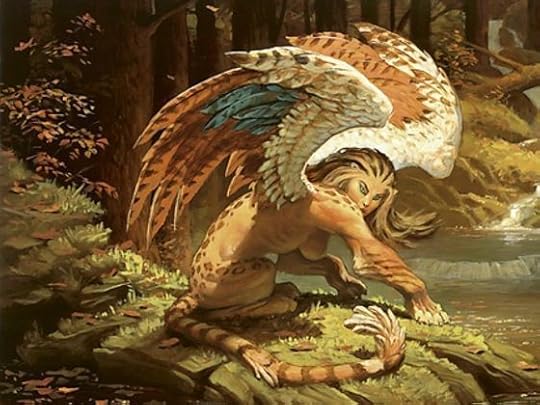
Only one color, but not one size.
Stuck at the bottom, yet easily flies.
Present in sun, but not in rain.
Doing no harm, and feeling no pain.
A sphinx is a mythical creature with the head of a human, the body of a lion, and the wings of a falcon. She is said to be merciless and will kill those who cannot answer her riddles.
The most well known Sphinx is the Great Sphinx of Giza. However, this sphinx shows the face of a man. It is also told to be a benevolent guardian but showing similar strength. But what inspired these strange creatures?
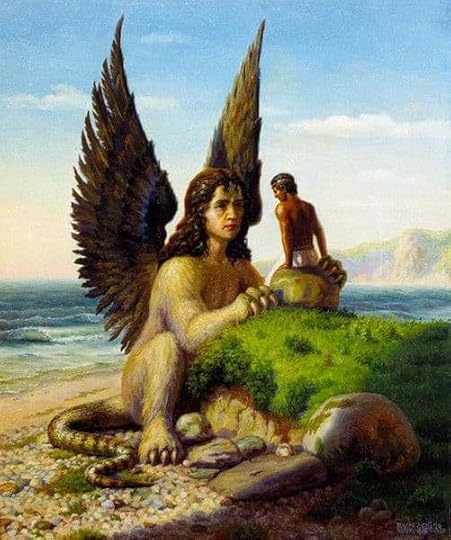 The Sphinx with Oedipus
The Sphinx with OedipusThe Sphinx is a hybrid creature similar to a griffin or chimera. As previously discussed, the idea of the griffin sprang from the broken skeleton of a Protoceratops. The idea of the Sphinx is thought to be derived from a similar – perhaps larger – creature, found without a skull.
Without the skull, the persons finding the skeleton were free to interpret the head as they saw fit. It was often placed with a woman’s face. This could be due to the gracile nature of the skeletons.
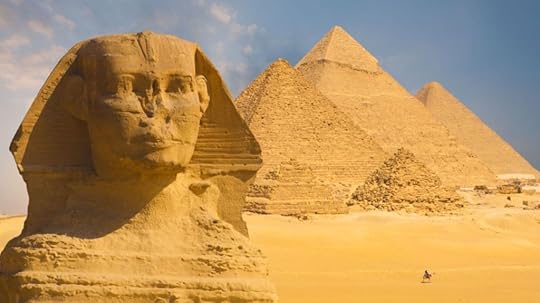 The Sphinx of Giza
The Sphinx of GizaThe Egyptian Sphinx is not considered a true Sphinx. This is mainly because of the male face that was placed on the body after Pharaoh Khafre. It also lacks wings which further muddies the traditional mythology. The Giza Sphinx is often called an androsphinx because of this.
It is believed that Pharaoh Khafre is responsible for the Great Sphinx, but no one knows for sure. The pharaoh is credited with the second largest pyramid in the Giza Necropolis. The proximity of this pyramid – called the Pyramid of Khafre – is responsible for the connection as well as certain similarities in the face to monuments of Khafre.
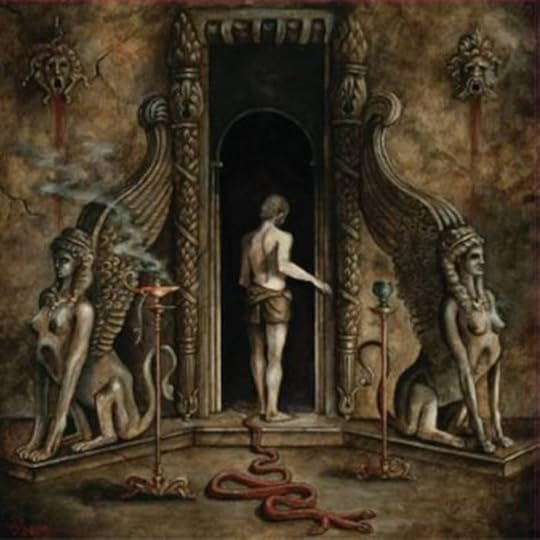 Sphinx Temple
Sphinx TempleThe word sphinx comes from the Greek word sphingo – which means to strangle. The Greek Sphinx was malevolent and associated with strength and trickery. When the passerby couldn’t answer the riddle, the sphinx would strangle them.
As the myth of the sphinx evolved it became associated with protection, mystery, strength, and wisdom. This is why is is most often seen depicted outside tombs. It is no surprise that overtime a cult developed to worship this creature.
During the reign of Pharaoh Thutmose IV, the sphinx was unburied from the sand. He introduced a religion connecting the Sphinx with the sun god – Harmakhet. Statues, paintings, and reliefs of the figure popped up across the country. The Sphinx became a symbol of royalty and the power of the sun.
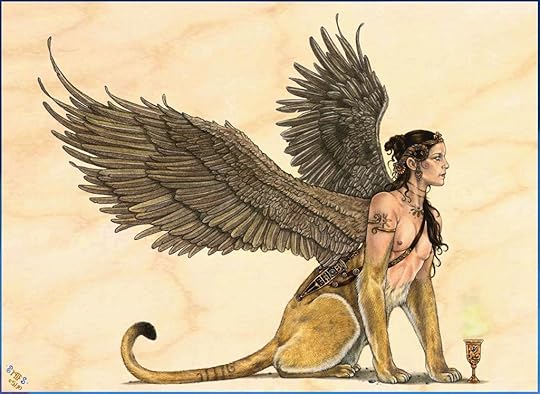
Mythology changes and grows as it passes through the lenses of different cultures. You can see that in how the Sphinx has changed. It likely started as a story based on a broken skeleton and evolved into the oldest known monument in the world.
Sources:
https://www.mentalfloss.com/article/67668/15-things-you-might-not-know-about-sphinx
https://www.history.com/topics/ancient-egypt/the-sphinx
https://www.smithsonianmag.com/history/uncovering-secrets-of-the-sphinx-5053442/



